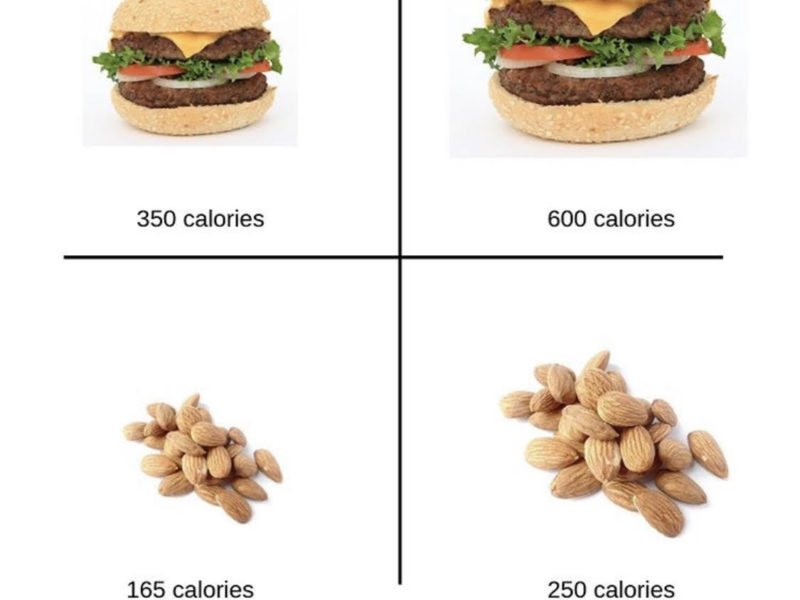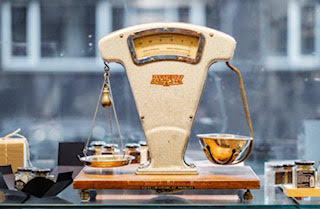As a nutritionist recognizing the importance of managing portion sizes for good health, I have been tracking changes in food portions and studying historical trends and the health implications that go with them (like rising obesity rates) since the mid-nineties. My latest research paper Portion Sizes of Ultra-Processed Foods in the United States, 2002 to 2021 coauthored with my NYU colleague, Dr. Marion Nestle, was just published in the December issue of the American Journal of Public Health. I will first summarize some of what our paper says, then pass along some helpful hints.
We wrote this paper, in part, because the obesity statistics are grim. As of 2018, nearly 74% of US adults were considered overweight or obese and at higher risk for diet-influenced chronic diseases. In the past 20 years, the prevalence of obesity has increased more than 30% in adults, and since the mid-1970s, it has quadrupled in children and teens.
Regular consumption of large portions of ultra-processed foods–unhealthy calorie-laden food high in sugar and salt and low in fiber–is likely one of the contributing factors to the rise in obesity. These foods may contribute to weight gain in several ways. Large portions contain more calories than small portions. They also encourage people to eat more and to underestimate how much they are eating. It’s almost as if you never registered having eaten the big portion at all.
Here are a few key points from the paper:
- Food companies are still selling many ultra-processed foods and drinks in larger portions than when first introduced. While some companies have reduced their portions by small amounts, most continue to sell the larger sizes.
- Current portions sizes of ultra-processed foods, including fast food, soda and chocolate bars are up to 5-times-larger sizes than when first introduced. For example, when Hershey’s introduced the chocolate candy bar in 1908, it weighed a mere half an ounce (equivalent to today’s “fun size” given out on Halloween.) Today the company sells 5 sizes of chocolate bars ranging in weight from 1.6 ounces to 7 ounces.
- As we write about soda: “At first introduction, most companies offered products in just one size; that size is smaller than or equal to the smallest size currently available. For example, the original size of a Coca-Cola bottle was 6.5 ounces; today it comes in 6 sizes marketed as single servings; these range from 7.5 ounces to 24 ounces, 4 of which have been introduced since 2002.”
- Even where manufacturers reduced the size of some products, they compensated by introducing larger options. As we write: “In 2020, for example, McDonald’s introduced a Double Big Mac with 4 patties and containing over 700 calories.”
- Bigger portions are also generally priced as a better bargain than a smaller size.
The December issue also contains a terrific editorial on our research Yes, Food Portion Sizes and People Have Become Bigger and Bigger. What Is to Be Done? by Drs. Carlos Monteiro and Jeff Cannon, from the University of Sao Paulo in Brazil. Ultra-processed foods are particularly problematic because they contain excessive amounts of sugar and salt; are low in fiber, vitamins, and minerals; and are cheap and easy to grab and eat on the go.
As I wrote in my book Finally Full, Finally Slim, paying attention to portion sizes is one of the best ways to not only manage weight but to allow you to include all foods in your diet. Having a small portion of your favorite food will, most likely, not contribute to poor health and weight gain. It’s the oversize portion sizes—quart sized sodas and triple burgers—that are problematic.
These days, because so many portions have become oversized, they are now considered typical and may skew our perception of what a reasonable portion should look like. Plus, the advice to only eat or drink “one” portion can be misleading. After all, is a quart-sized soda really just one soda or is more like 3-4 sodas?
In my latest piece for US News & World Report, I share 5 popular foods we often eat (or drink) too much of.
You can read the full article HERE.
Have a healthy week.
Warmly,
Lisa
Are you enjoying my newsletter. Please consider forwarding it to a friend or two.
Would you like help cultivating healthier habits? managing portions? … and tips for eating a little better? I’m happy to assist. I currently have a few openings for VIRTUAL NUTRITION COACHING & COUNSELING. I can reached HERE to discuss your unique needs and set up a free 15-minute discovery call.⠀





 These eating habits can reverse the aging process.
These eating habits can reverse the aging process.